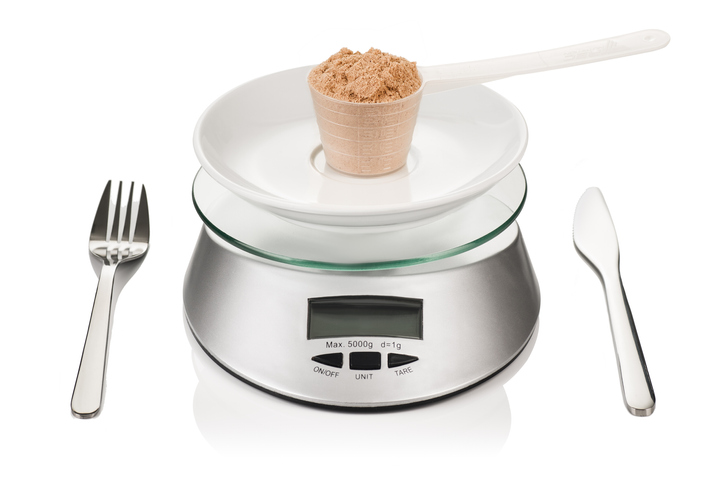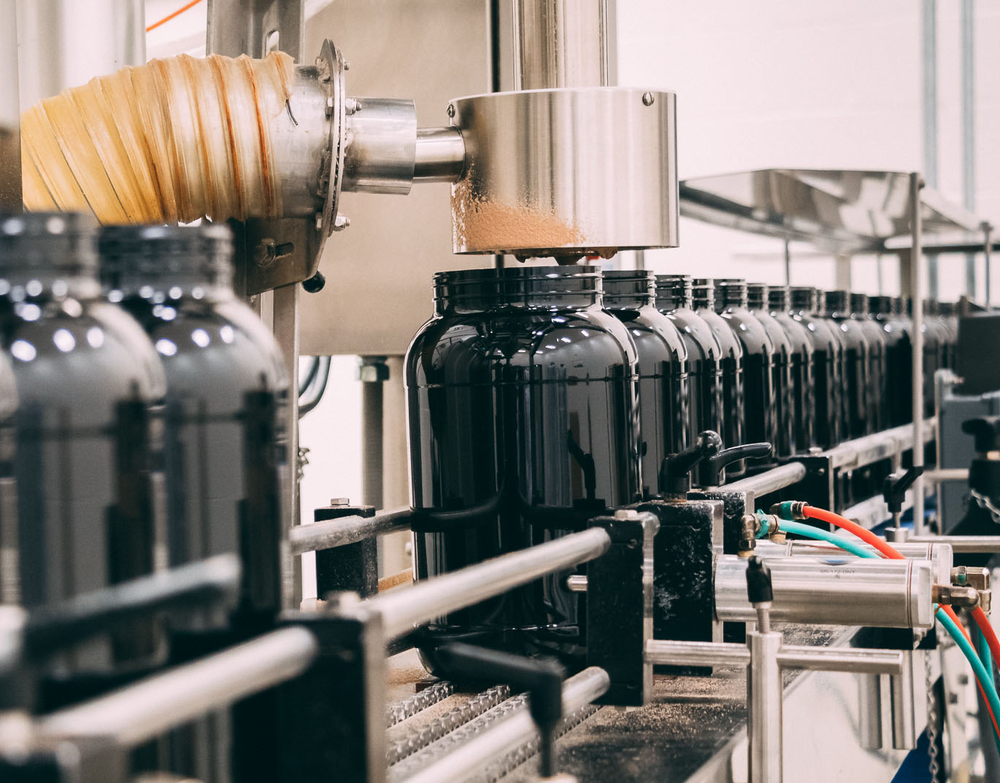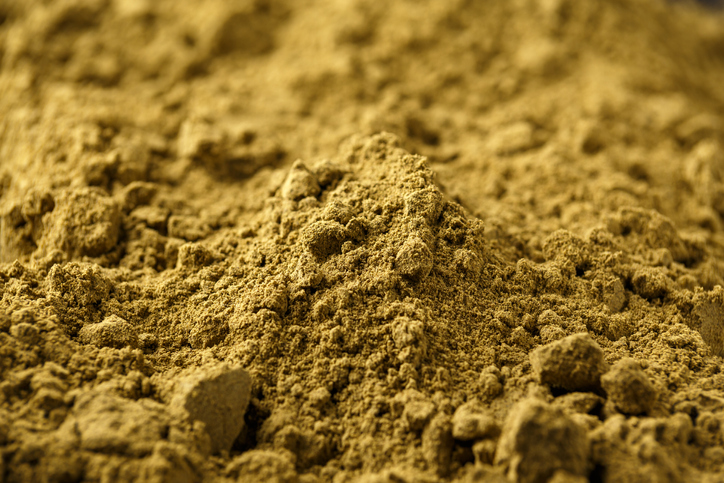How To Choose The Right Protein Powder

Walk into your local supplement store and you will quickly realize there are now more protein choices than ever before: casein, whey, soy, hemp, and the list goes on and on. Add to this the fact that most of these come in different forms such as isolate, hydrolysate, and concentrate (just to name a few), and it can make your head spin. And these are just the powdered protein supplements. Despite the endless variety of supplements and the changing dietary trends, sense can be made of it all.

When considering protein foods, (both supplements and whole foods) certain properties inherent in them allow us to categorize them. One of the most obvious properties is quality. By quality, I mean how much of a given protein it takes to meet the body’s needs. The less it takes to meet the body’s needs, the higher the quality of the protein. Proteins can be further categorized as fast or slow, based on the rate that they enter the bloodstream after consumption. Let’s see how some of the most common protein sources fit into these categories and how that can help us make the best decisions when planning our diet.
Choosing the Right Protein Powder: Protein Quality
The most useful way of characterizing a protein food is to determine its quality. Protein quality can be determined simply by measuring the indispensable amino acid profile (ratio). If a protein contains all the amino acids essential for life, it is called a “complete” protein and is given a high score on the Chemical Scoring test. Because some complete proteins are not as efficiently digested (bioavailable), there is a need to test for digestibility as well. This type of testing is called Protein Digestibility-Corrected Amino Acid Score (PDCAAS).

PDCAAS is the standard method for classifying protein quality used by the FDA and the Food and Agricultural Organization/World Health Organization (FAO/WHO) and is based on the nutritional requirements of children aged two to five years old. PDCAAS of a protein is calculated by the following equation:
PDCAAS = Lowest uncorrected amino acid score × protein digestibility
A PDCAAS value of 1 is the highest, and 0 is the lowest that a protein can score. Because it is the world standard for measuring protein quality, we will compare each of our protein options using this scoring method. All but one of the proteins we will evaluate score high on the PDCAAS scale.
Choosing the Right Protein Powder: Fast or Slow Protein
The second important characteristic of protein is its absorption rate. Proteins are described as being either “fast” or “slow” based on how fast the amino acids from the meal enter the bloodstream. Most meats and dairy foods are slow proteins. Most but not all protein powders are fast proteins because they are so easily digested. This way of classifying proteins will come into play as we discuss which protein to use in various situations.

So, we now know how to classify proteins, but we still haven’t covered the dizzying array of products currently
on store shelves. The first and most common protein powder supplement is milk protein:
Choosing the Right Protein Powder: Casein Protein
Quality: PDCAAS = 1.
Absorption: Slow
Nearly 80 percent of milk protein is in the form of casein. The rest, about 20 percent, is whey protein. The distinguishing property of casein is its low solubility in acidic environments, such as your stomach. As a result, casein digests slowly and is absorbed at a relatively slow constant rate over a few hours after it is eaten. Casein comes in two varieties in most powdered formulations: as a caseinate or in its native micellar form. Caseinates are treated with acid, which makes them coagulate and bind with minerals such as calcium before they are dried. Micellar casein is obtained through a filtration process that leaves the protein in its original untreated form. Casein is nearly tasteless but is often described as having a bland or mild, milky taste.

The structure of casein proteins protects it against heat. This makes casein easy to use in baked goods. This same unique structure also makes casein insoluble in water. This has made it difficult to make pure casein supplements that mix instantly with water. If you remember the first milk protein powders years ago, they were virtually impossible to get to dissolve completely. Today they are used in combination with other proteins that dissolve more easily, creating a “blend.” Occasionally, manufacturers will “agglomerate” the casein. This creates an “instantized” powder that dissolves readily in water.
Choosing the Right Protein Powder: Whey Protein
Quality: PDCAAS = 1.
Absorption: Fast
Raw whey is the runny yellow stuff that’s left floating at the top of cheese after it coagulates—not too appetizing at this point. Whole whey consists of about 94 percent water and 6 percent whey “solids.” Of the whey solids, 75 percent is lactose, 14 percent is protein, and the remaining 11 percent is made up of minerals and fat. The primary proteins in whey are 8-lactoglobulins, alpha-lactalbumins, bovine serum albumin, (BSA), and immunoglobulins (Ig). You may have seen these mentioned in the ingredients list on your tub of whey protein.

Whey comes in three forms: concentrate, isolate, and hydrolysate. Whey protein concentrate is simply concentrated whole whey. This is done through spray drying, which removes the majority of the water. Whey concentrate contains whey protein as well as some lactose, fat, and minerals. This is less expensive to produce than whey protein isolate because it requires fewer steps during processing.

Whey protein isolate is just that, isolated whey proteins. Moisture, lactose, and fat are removed through an ion-exchange process, leaving nearly 95 percent protein. This is considerably higher than raw whey, which contains roughly 13 percent whey protein. You’ll know you have some protein isolate if it foams up after you use a stick blender. Stir it and let it sit for a moment, and you’ll see the foam rise to the top if it is really whey isolate. Whey protein concentrate may also make foam, but only slightly. If you have a glass of what the manufacturers claim is pure whey isolate and it doesn’t foam, I would be suspicious. Both whey concentrate and isolate have a bland if not slightly sweet taste.

Finally, some manufactures have put an additional twist on whey protein isolate, subjecting it to an enzymatic process that partially hydrolyzes or predigests the protein. This form of whey protein isolate is called whey protein hydrolysate. Whey hydrolysate has a very bitter taste, and for this reason, can only be used blended with other proteins and usually doesn’t exceed more than 10 to 15 percent of the total.
Choosing the Right Protein Powder: Egg White Protein
Quality: PDCAAS = 1.
Absorption: Fast
Powdered egg whites, though not as popular today as in years past, is also an excellent protein source. Egg white, sometimes called egg albumin, is the standard for protein quality when measured by chemical scoring. This is because of its favorable amino acid profile. Egg white protein has virtually no taste.

In the past, egg protein was difficult to use in powders because it does not mix easily with a spoon. It always left clumps. Today, like casein, egg protein can be instantized. Still, most protein powders containing egg are blended with casein and/or whey.
Choosing the Right Protein Powder: Soy Isolate Protein
Quality: PDCAAS = 1.
Absorption: Fast
Soy protein isolate is prepared by isolating the protein fraction of defatted soy flour. This creates a powder that is 90 to 95 percent pure protein. In the past, you could detect soy in a protein drink by a slightly gritty mouthfeel. Today, however, the texture of soy isolate has been refined and is barely noticeable. Soy is best known for its association with cholesterol metabolism. Many studies have demonstrated a beneficial effect of soy protein on cholesterol levels. Soy protein isolate has a mild “beany” taste.

Choosing the Right Protein Powder: Brown Rice Protein
Quality: PDCAAS = 1.
Absorption: Fast
Brown rice protein is a newcomer to the dietary supplement scene. People don’t usually think of brown rice as a good source of protein. In fact, as a grain, brown rice is only 9 percent protein. That protein, however, when concentrated and isolated, yields a powder that is 90 percent protein. Rice protein isolate is made from protein-enriched rice flour. Through various enzymatic processes, an 85 to 91 percent protein powder is obtained. Brown rice protein has a mild, almost sweet taste.

Choosing the Right Protein Powder: Hemp Protein Concentrate
Quality: PDCAAS < 0.5
Absorption: Slow
Hemp protein, like rice protein, is relatively new to the protein powder list. Hemp protein is most commonly found as a concentrate. As such, it contains not only protein but also significant fibre and fat. Hemp protein isolate is prepared in a similar manner as soy isolate. Due to the excessive cost, hemp protein isolate is not as common and for the cost-sensitive consumer, it may not be a “best buy.” Hemp protein has a mild, yet hearty, nutty flavor.

Choosing the Right Protein Powder: Timing Your Protein Intake
Now that we know our most common product options, and we know a little bit about their different properties, we can now see how best to use them. Let’s take a look at a few examples:
The timing and circumstances are what determine which protein we need. We need a good protein for pre and post-workout, and a good option to supplement the protein content of our one or more meals, as a stand-alone meal replacement.

Choosing the Right Protein Powder: Protein For Pre-Workout
Perhaps the most important protein meal is a pre-workout meal. Pre-workout, we need a high-quality, easily digestible (i.e., fast) protein. Good options here include whey and soy. Whey is perhaps the better choice for some because it has significantly more leucine. Leucine is an important amino acid that regulates protein synthesis and as such, will ensure the desired anabolic environment. Soy, on the other hand, is suitable for vegetarian diets whereas whey is not. In the end, either protein is a good choice for pre and post-workout supplementation.

Choosing the Right Protein Powder: Protein For Post-Workout
The post-workout meal is arguably just as important as the pre-workout meal. If you haven’t taken a pre-workout drink, then a fast protein such as whey or soy is called for. If you have taken a pre-workout drink, then a slower protein can also work very well here. Micellar casein or a predominantly casein and egg blend is a perfect choice here. This ensures that there will be a constant supply of amino acids for a few hours following your workout.

Choosing the Right Protein Powder: Supplemental Protein
If you have a limited budget, spend it on your pre and post-workout protein powder. If you’ve got a little more room to spend, you will want to supplement your meals with some extra protein. This is probably the easiest bill to fit. Because this protein drink will be taken with solid food, its absorption rate will be that of the entire meal. This effectively slows down “fast” proteins such as soy, rice, and whey. Slow proteins such as micellar casein or casein blends are also an easy fit here. They simply boost the high-quality protein total for that meal. In fact, any protein supplement, including brown rice protein and hemp protein, will serve your needs when taken with a meal.

Choosing the Right Protein Powder: Protein As A Meal Replacement
Finally, there are times when you need a protein meal but don’t have time or it is simply inconvenient to lug around preprepared food. This is when you want a meal-replacement drink. This is one time where something higher in fibre and calories is particularly useful. Hemp protein would be a decent option for use as a meal replacement. If hemp isn’t your thing, look for a casein blend with added carbs and fibre. Although it will be in and out of your system faster than solid food, it will bridge a four-hour gap in a pinch.

To summarize, all protein powders are complete proteins and rate high using the PDCAAS (with the exception of some vegetable proteins). Assuming all available products you will encounter on store shelves are good protein sources, it is helpful to further classify them as being either “fast” proteins, or “slow” proteins based on the rate they are digested and absorbed. All protein powders that don’t contain significant amounts of fibre can be considered fast proteins. Fast proteins are perfect before and after training and for boosting the protein content when consumed with meals. Slow proteins are perfect when used as a meal replacement, or when used after a workout following a fast protein before the workout. After that, it’s simply a matter of taste.
References:
1. Boirie Y, Dangin M, Gachon P, Vasson MP, Maubois JL, Beaufrère B. Slow and fast dietary proteins differently modulate postprandial protein accretion. Proc Natl Acad Sci USA. 1997 Dec 23;94(26):14930-5.
2. Dangin M, Boirie Y, Garcia-Rodenas C, Gachon P, Fauquant J, Callier P, Ballèvre O, Beaufrère B. The digestion rate of protein is an independent regulating factor of postprandial protein retention. Am J Physiol Endocrinol Metab. 2001 Feb;280(2):E340-8.
To keep up with the latest fitness industry news and product releases, subscribe to our free newsletter!

